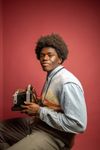An Aesthetic Gospel: Dandyism
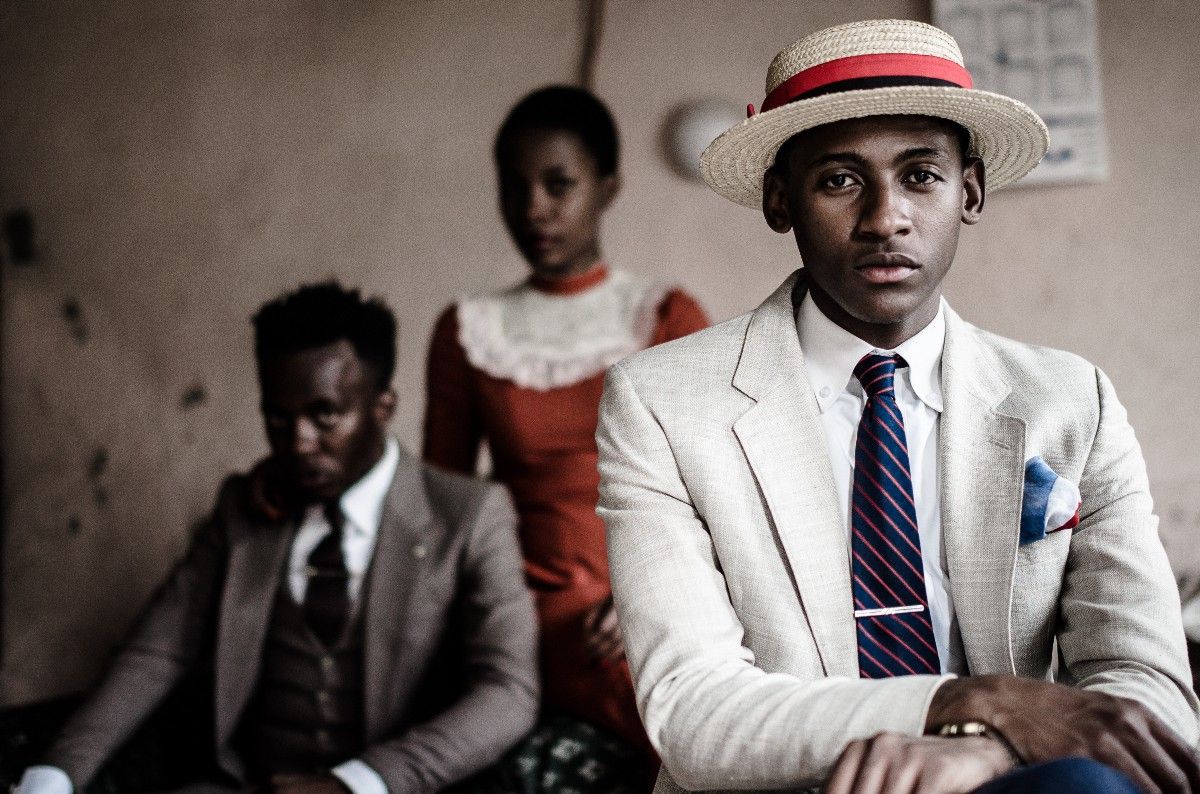
Rihanna, Tyler the Creator, Ye (formerly Kanye West), and Donald Glover to name a few are all-household names known for building creative empires encompassing music, fashion, television, and more. These individuals share the principles of creative freedom through financial success, high living, and the innate propensity for creative expression that all inherit in a Dandy.
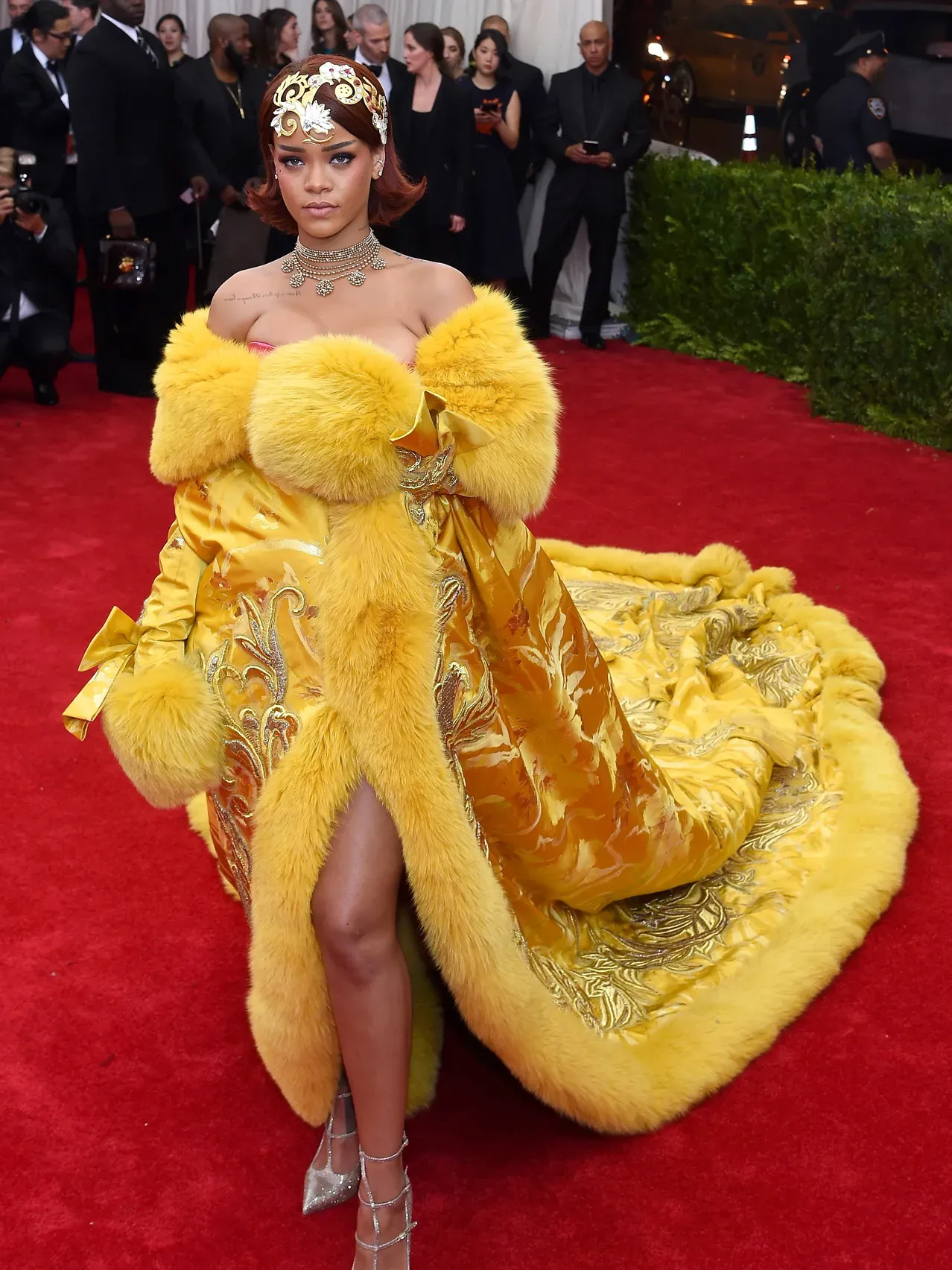
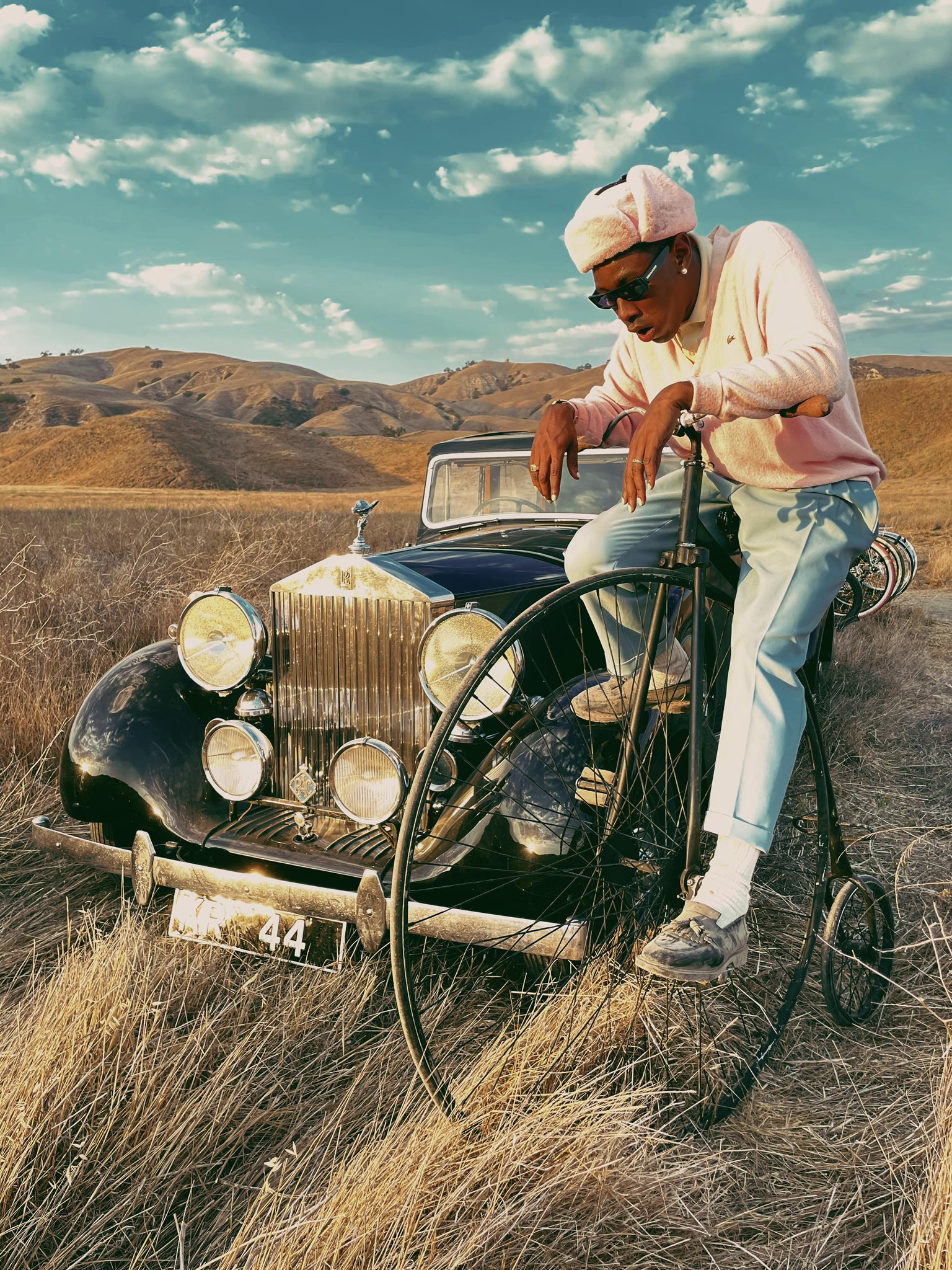
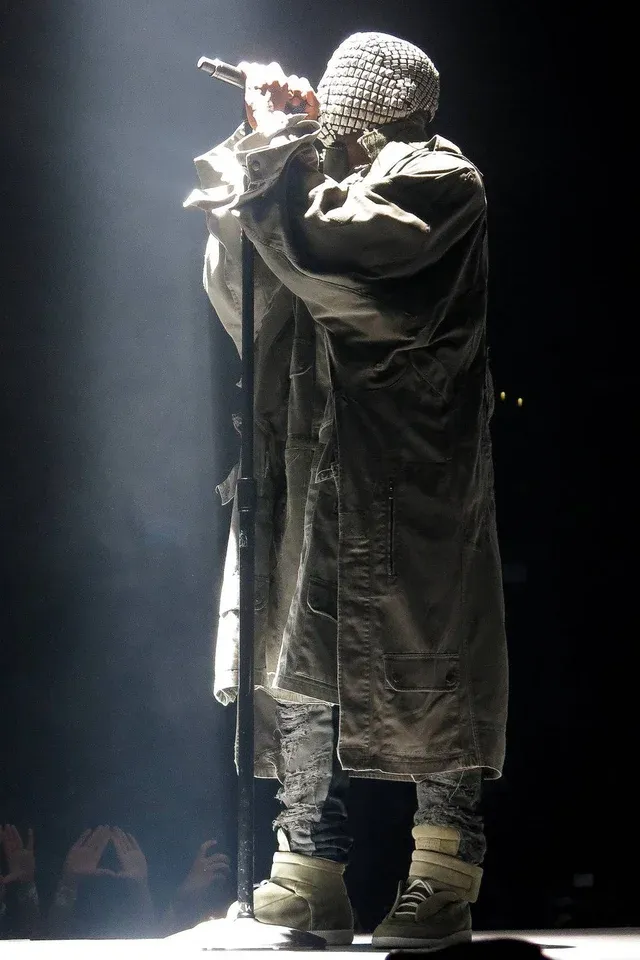
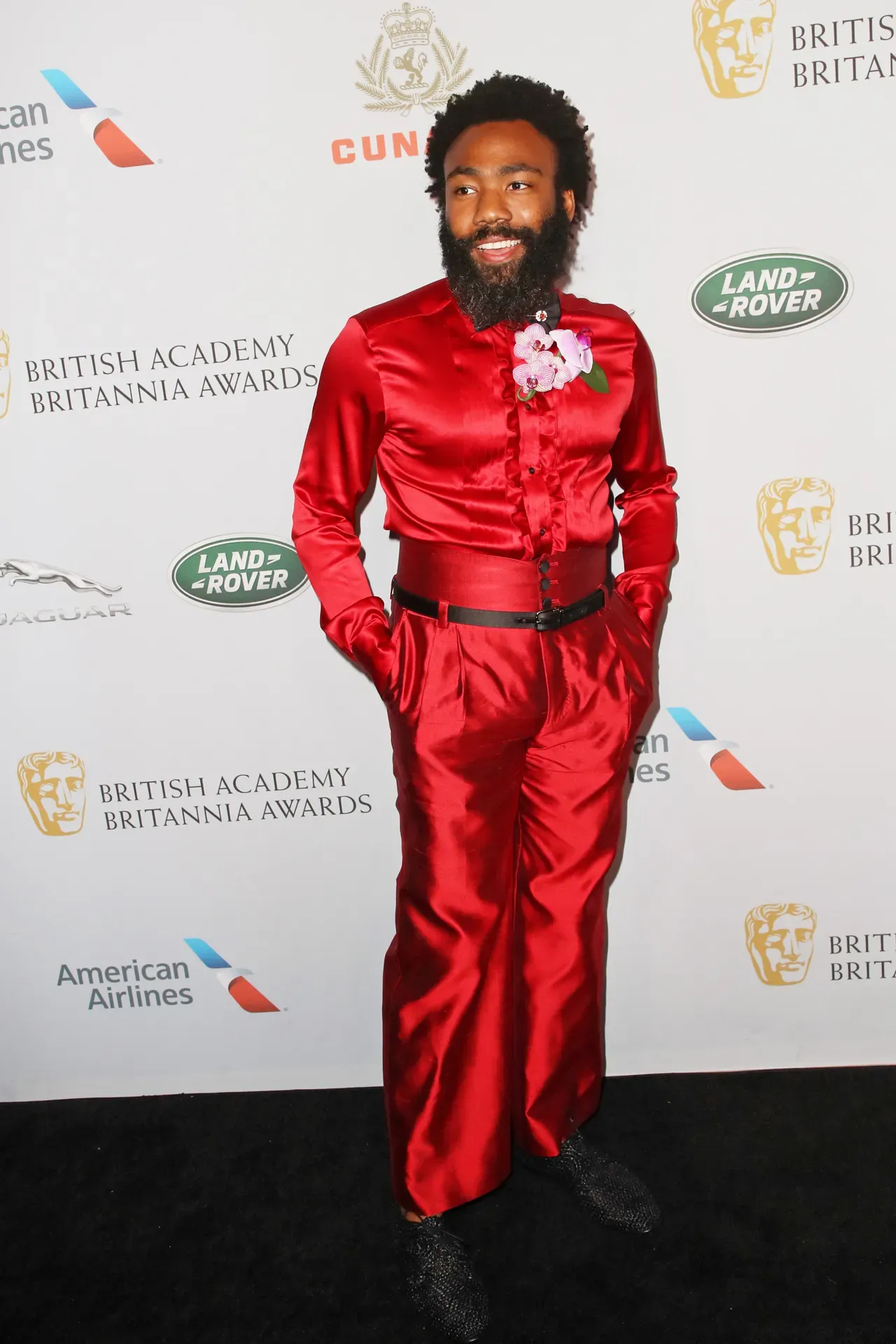
WHO IS THE DANDY?
Literary Analysis of The Dandy by Charles Bauderlaire
In The Dandy, Charles Baudelaire details the nuanced nature of the dandy, describing this group of individuals as a distinguished few that live in opposition to widely held social conventions and champion aesthetic perfection before all else. Baudelaire likens the dandy’s disposition to characters of a “high life” type of novel:
The English novelists…have cultivated the ‘high life’ type of novel, and their French counterparts who, like M. de Custine, have tried to specialize in love novels have very wisely taken care to endow their characters with purses long enough for them to indulge without hesitation their slightest whims; and they freed them from any profession. These beings have no other status but that of cultivating the idea of beauty in their own persons, of satisfying their passions, of feeling and thinking. Thus-they possess, to their hearts’ content, and to a vast degree,. both time and money, without which fantasy, reduced to the state of ephemeral reverie, can scarcely be translated into action. It is unfortunately very true that, without leisure and money, love can be no more than an orgy of the common man, or the accomplishment of conjugal duty. Instead of being a sudden impulse full of ardor and reverie, it becomes a distastefully utilitarian affair. (Baudelaire, 9)
This paragraph aptly details the core motivations of a dandy, hinting at their power in the world, their metaphysical basis in aestheticism, and their practical need for financial, social, and cultural capital. Baudelaire’s inclusion of “high life” within this paragraph sets a precedent for the portrayal of the dandy to the reader, which triggers an idea of power and status present in the collective unconscious of human beings. Within the objective psyche of the reader that reflects humanity, the dandy or, more archetypically, the esteemed establishes a fixed lens for themselves through which the masses view them highly. The populace's exalted perception of the dandy remains timeless over centuries, stemming from their transcendent abilities, unique persona, and influence on others.
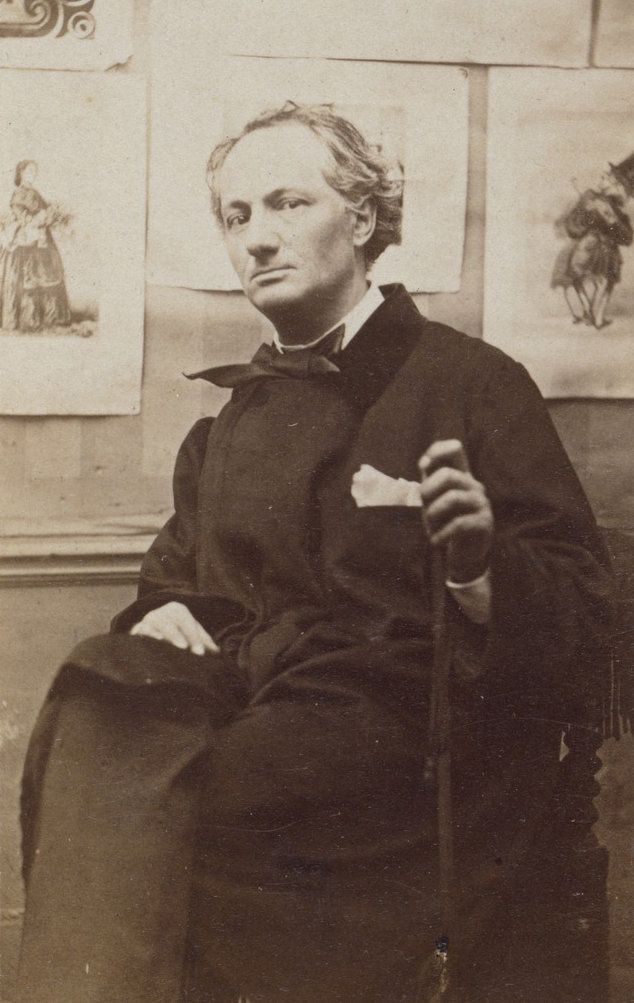
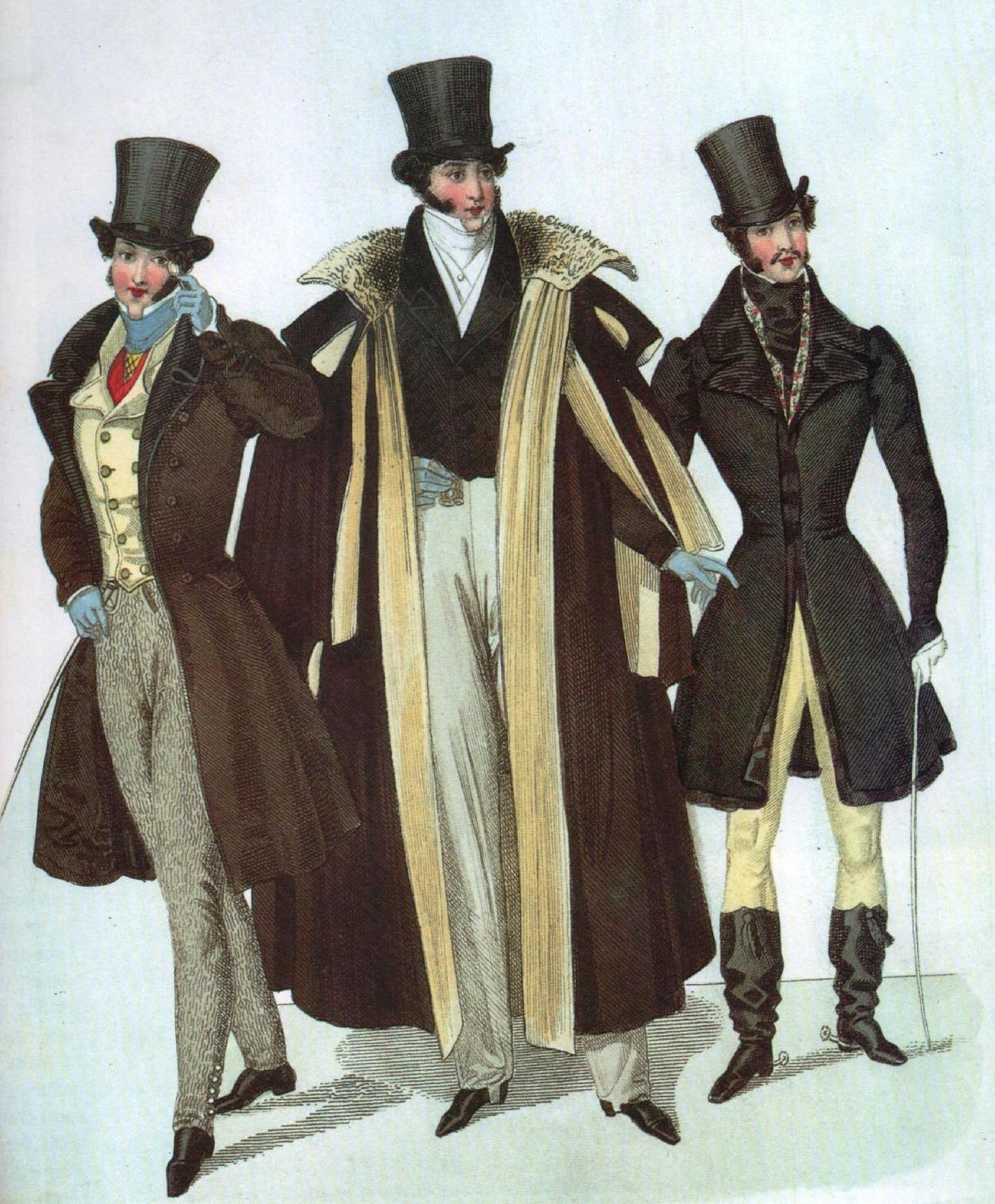
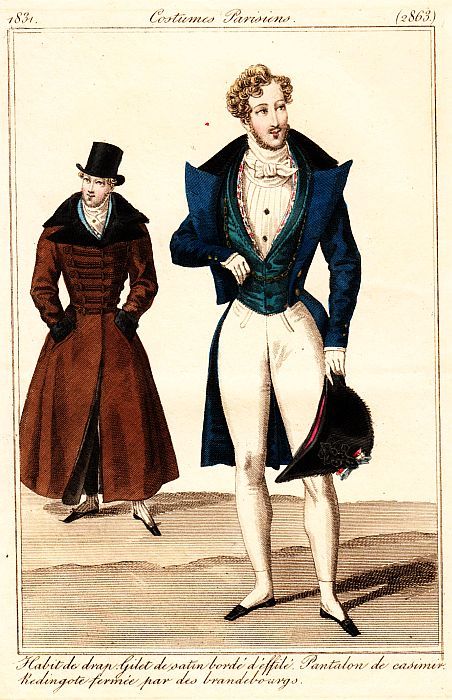
Romanticism and Dandyism
Baudelaire’s language in this excerpt portrays the dandy with characteristics emblematic of the Romantic movement in Europe. Romanticism is characterized by its emphasis on individualism, spontaneity, freedom from social rules, appeal to emotion, and the power of the imagination. For romantics, imagination trumps reason, and the devotion to beauty and aesthetics are vital principles of the movement. Romanticism likely played a significant role in influencing Baudelaire’s writing of The Dandy due to the movement's prominence in Europe during the late eighteenth to mid-nineteenth century.
The Dandy was written in the latter half of the nineteenth century in 1863. The influence of the Romantic period on the dandy’s conception cannot be understated and translated into the language used in the paragraph. For instance, Baudelaire describes the dandy as someone who is “cultivating the idea of beauty in their own persons, of satisfying their passions, of feeling and thinking” which communicates to the reader that the dandy’s motivations for the aesthetics are self-rooted.
For the dandy, their dedication to realizing the beauty within themselves and unlocking the rawest form of their creative and imaginative energy dwarfs all other desires. Like a romantic, the dandy’s path is solitary and needs to be free of the social constraints that afflict the middle class and limit their attainment of ideal forms of beauty and achievement.
The dandy’s journey toward the sublime requires them to live outside the norms of society to actualize a new perception of beauty, forcing them to transcend the limitations of the general population like a lack of money and leisure time to lead a “high life.” The sublime in the Romantic sense is a meeting of the subjective-internal (emotional) and the objective-external (natural world), so an individual (the dandy) allows their emotions to overpower their rationality as they experience the wonder of creation.
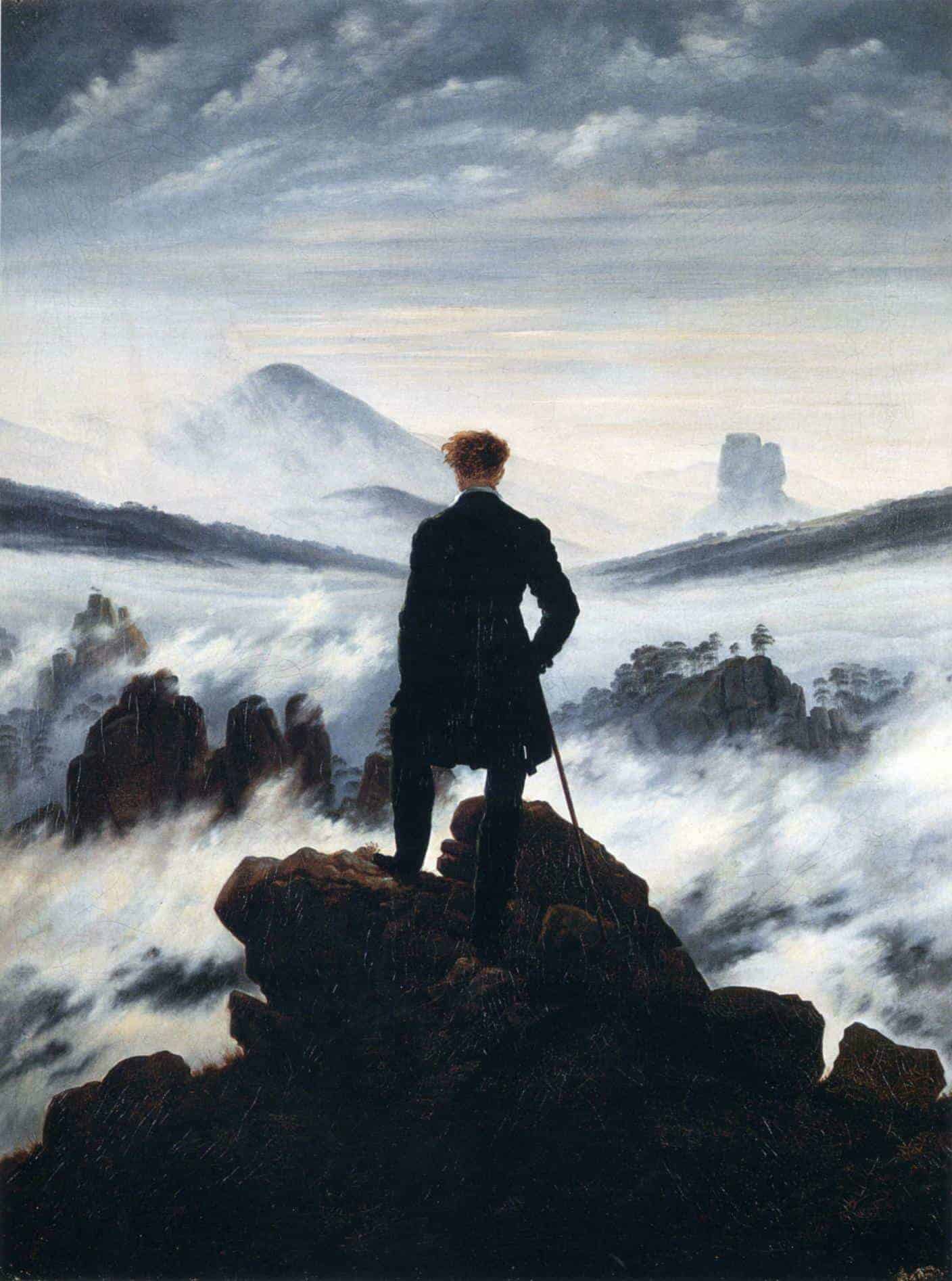
Dandyism, like Romanticism, was formed in opposition to the ideals of the Enlightenment and utilitarianism, which inspired the Great Male Renunciation that established uniform dress codes like the suit as a societal standard and marked the point when men relinquished their desire for beauty. These intellectual ways of thought compete against each other for dominance since the dandy’s individualistic nature fundamentally conflicts with the realistic style of society. Therefore, the dandy must seek a higher position above the unvarying and uninspired lives held by the masses. The vital class distinction of “high life” is enabled and characterized by the dandy being endowed “with purses long enough for them to indulge without hesitation their slightest whims…and [free] from any profession” (9).
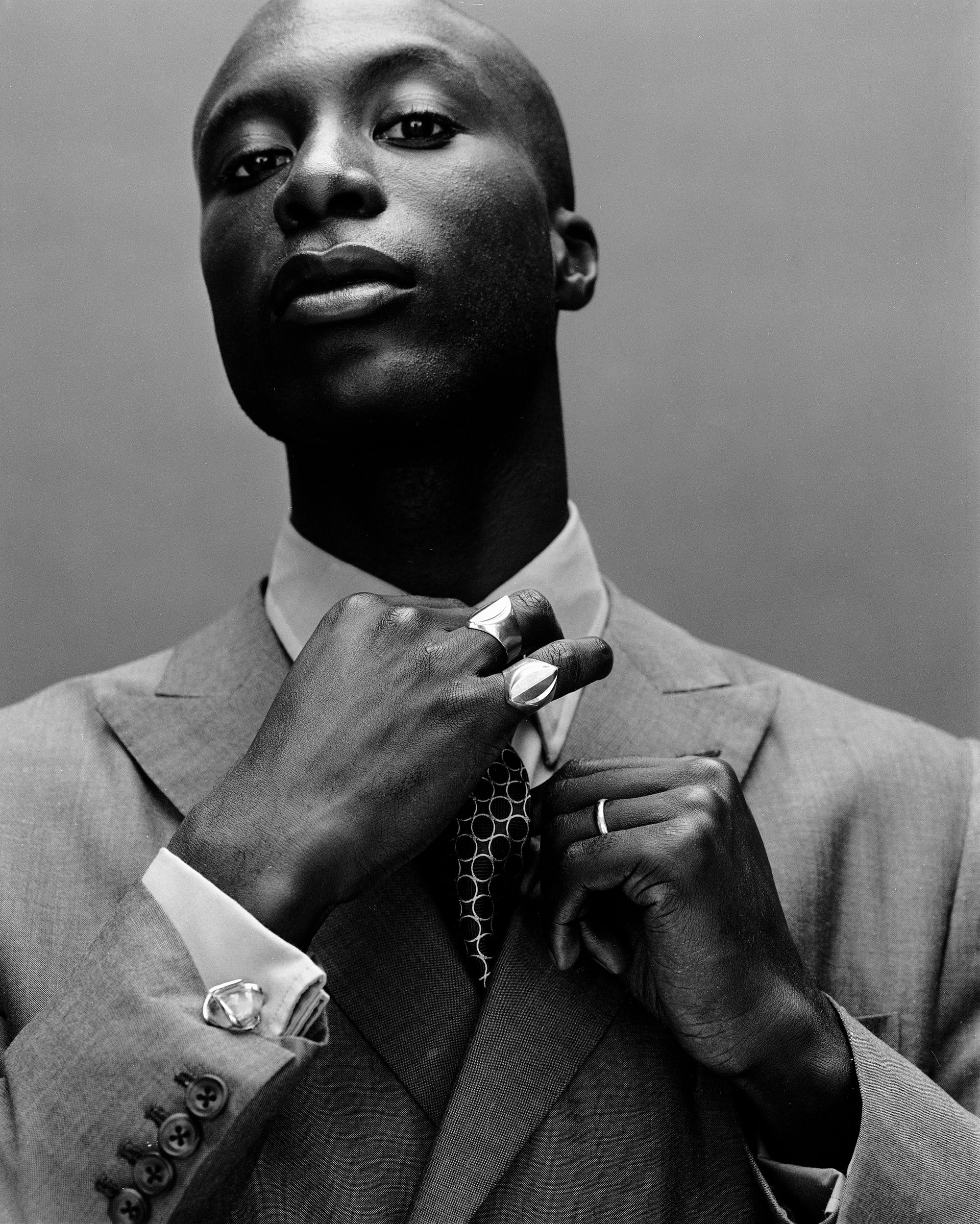
Baudelaire's Pen Game
Thus, this label describes the dandy’s status above society and their superior viewpoint of life compared to others who act solely on reason, neglecting their creative and emotional sides and subjecting themselves to the rigid thinking of utilitarianism. The dandy’s separate and raised position in society is best exemplified by the striking phrase that
“they possess, to their hearts’ content, and to a vast degree,. both time and money, without which fantasy, reduced to the state of ephemeral reverie, can scarcely be translated into action.”
The words in this sentence's nonessential clause sections emphasize the necessity of money and time in differentiating what one with less of either or both commodities considers a dream but what the dandy experiences as reality. The grand and imposing tone of words and phrases like “vast,” and “ephemeral reverie," and the third person point of view used when describing the dandy accentuate the lifestyle difference between the reader (who is most likely not a dandy) who follows the status quo and the dandy who lives freely above the masses.
Baudelaire continues by explicitly stating that love becomes
“the accomplishment of conjugal duty”
for the average person since they are without leisure and money, insinuating that the emotion becomes a “distastefully utilitarian affair” rather than a “sudden impulse full of ardor and reverie.” Therefore, as the dandy seeks the sublime, they reject conformity and associated philosophies in favor of taking up the mantle of the esteemed or one who has a unique power.
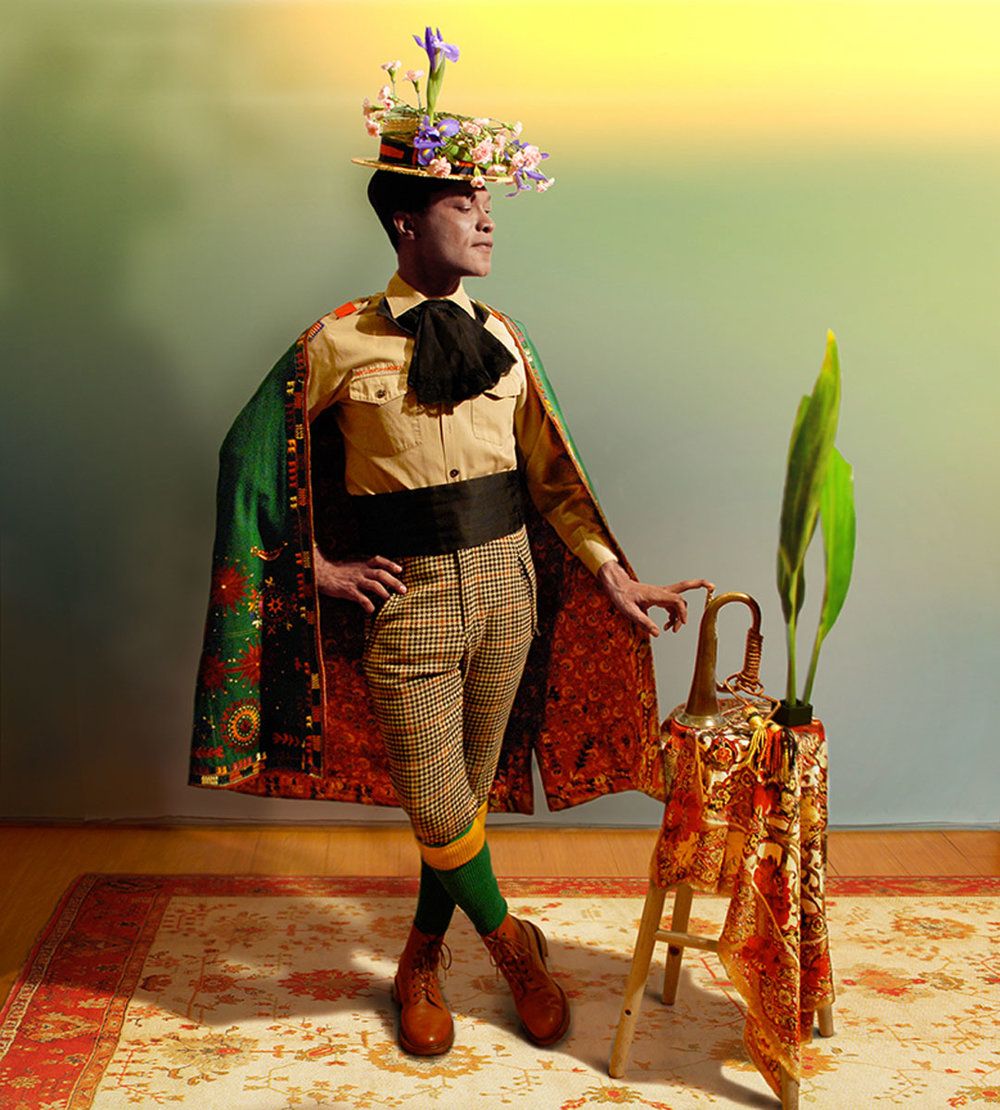
Dandyism Now
Though Dandyism was born more than two centuries ago, the timeless characteristics and personal creative exploits of the dandy are present in the modern age in a specific category of celebrities whose expression of beauty and art allows them to hold multiple professions. Not all celebrities are dandy, but a dandy is most likely a celebrity since being a celebrity in the twenty-first century provides them with extensive money, leisure time, and societal influence to pursue their ideas compared to those lower in the social hierarchy.
The luxuries of private planes, lavish houses, and compounding wealth are not available to middle-class citizens whose time is strictly controlled in long shifts while they perform service-based tasks. Most celebrities rise to wealth and fame from their prowess in a single industry occupation and then invest in growing their capital passively.
However, the "celebrity dandy" pursues art for the sake of creation, “satisfying their passions,” and “cultivating the idea of beauty in their own persons.” This celebrity category has usually transcended the medium that has brought them their initial fame and branched into one or more industries to expand on their original aesthetic ideas. The celebrity dandy’s talents translate to various fields, captivating and affecting people with awe-inspiring works.
The Black Dandy
Prime examples of multi-talented Black dandies are Donald Glover (actor, musician, comedian, director, and writer), Rihanna (singer, actress, fashion designer, and businesswoman), Tyler the Creator (musician, creative director, writer, actor, and fashion designer), and Ye, formerly known as Kanye West, (producer, creative director, fashion designer, and entrepreneur).
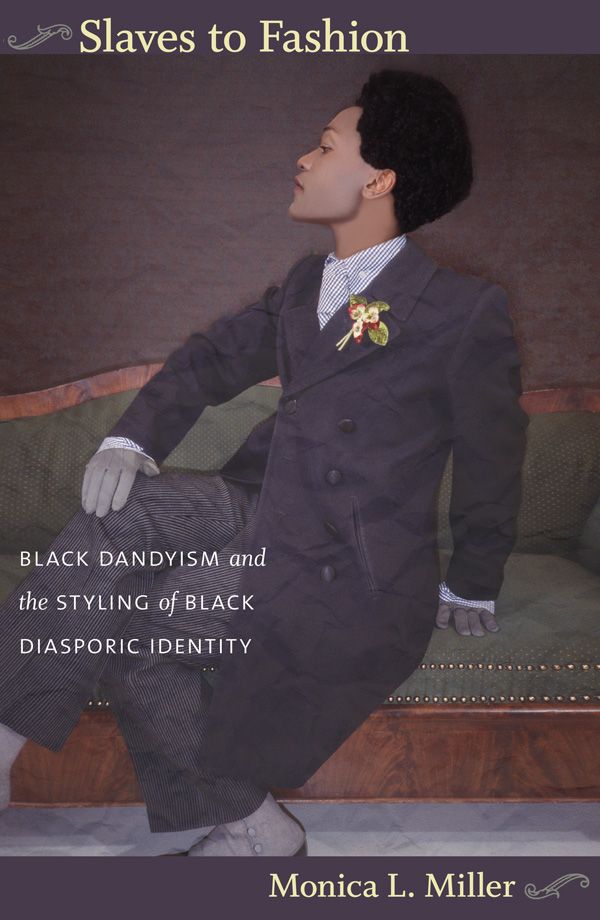
The Black Dandy is a powerful, political figure since they subvert harmful stereotypes of savagery or subservience lauded against Black society in favor of expressing individuality and bold stylishness. Through a white lens, the monolithic understandings of Blackness shatter, and beautiful nuances shape the collective consciousness of what Black is in the now. The dandy in both the old and new age exists separate from society, but some groups embody elegance in style and manners in spirit without being celebrities like La Sape.
La Sape
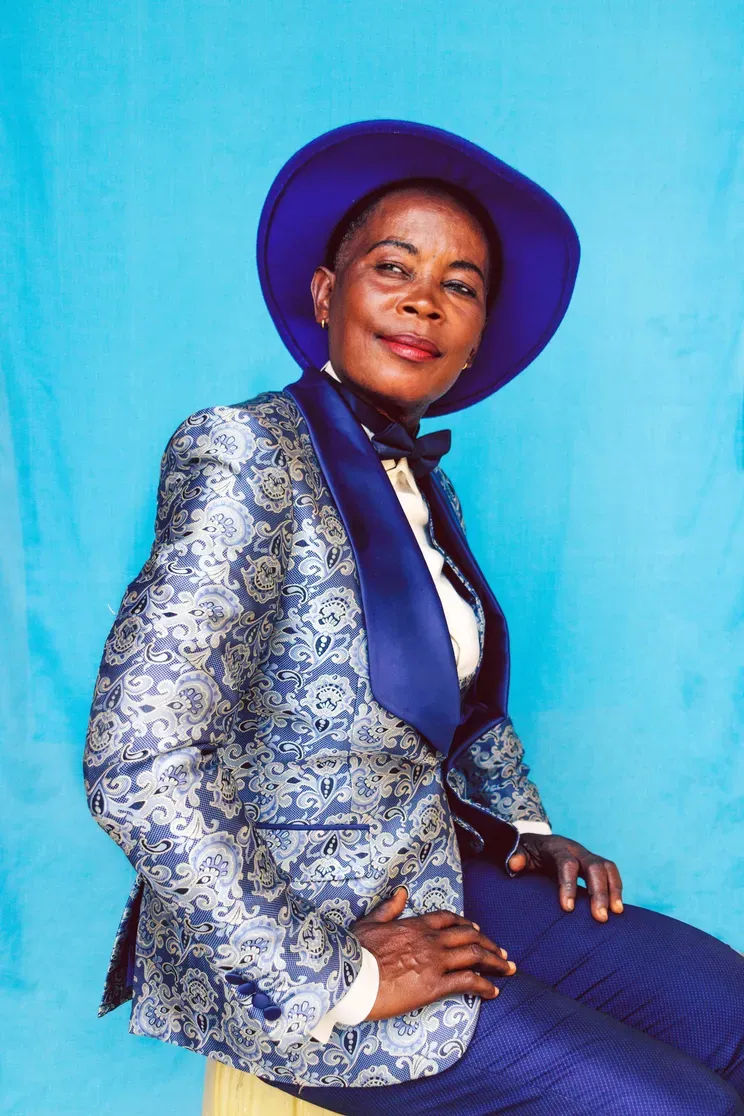
La Sape, abbreviation based on Société des Ambianceurs et des Personnes Élégantes or Society of Ambiance-Makers and Elegant People, is a Congolese subculture based on the aesthetic of Dandyism and born out of colonialism. As a result of European colonization, colonized African tribes and groups adopted aspects of Western traditions and artworks and integrated signs and symbols into their existing traditional clothing, garments, style, and textiles, birthing the fashionscape of African Hybridization.
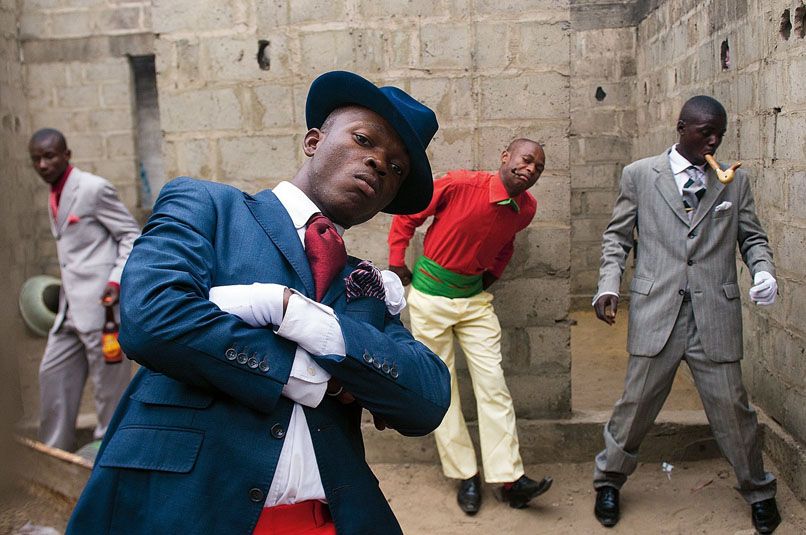

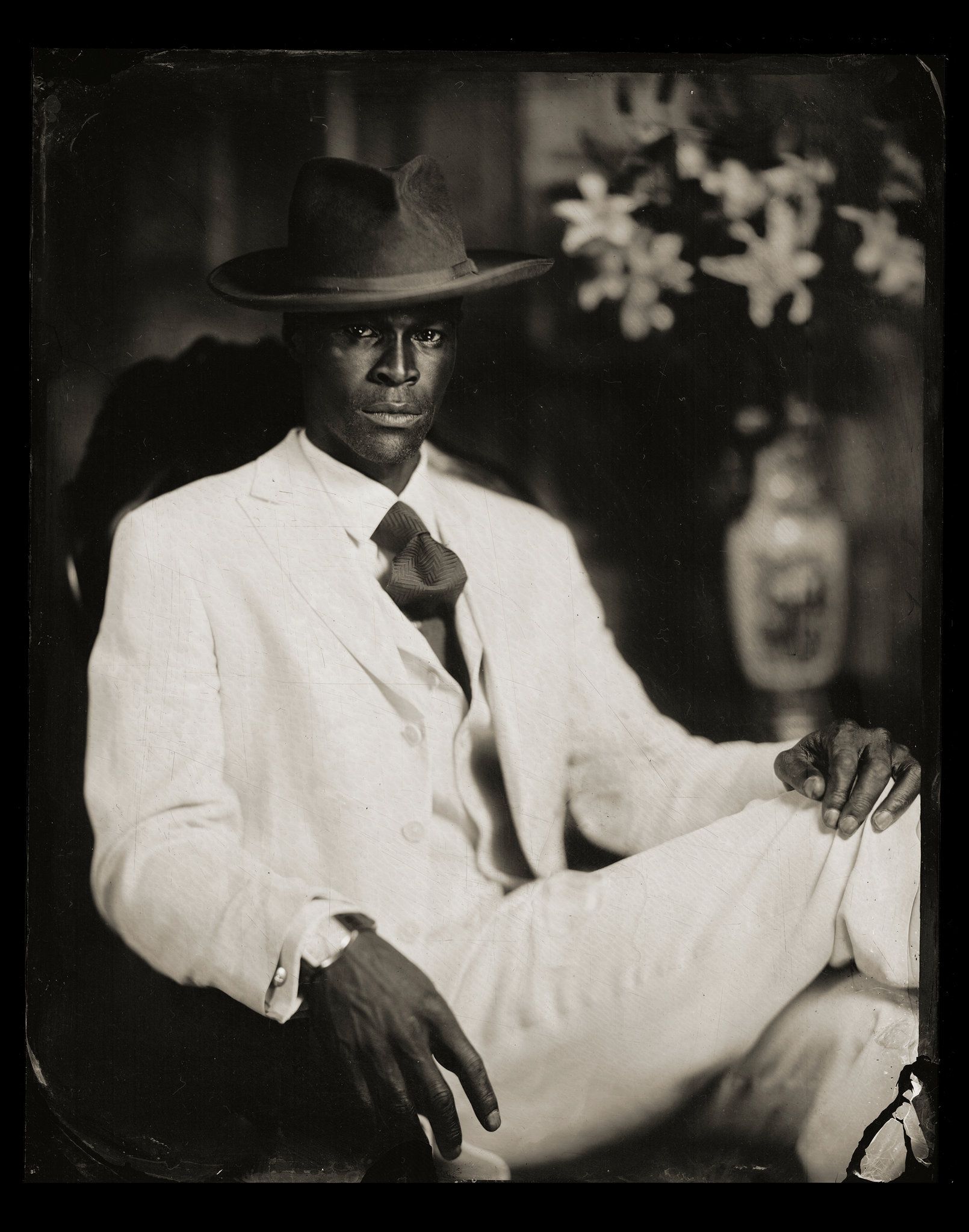
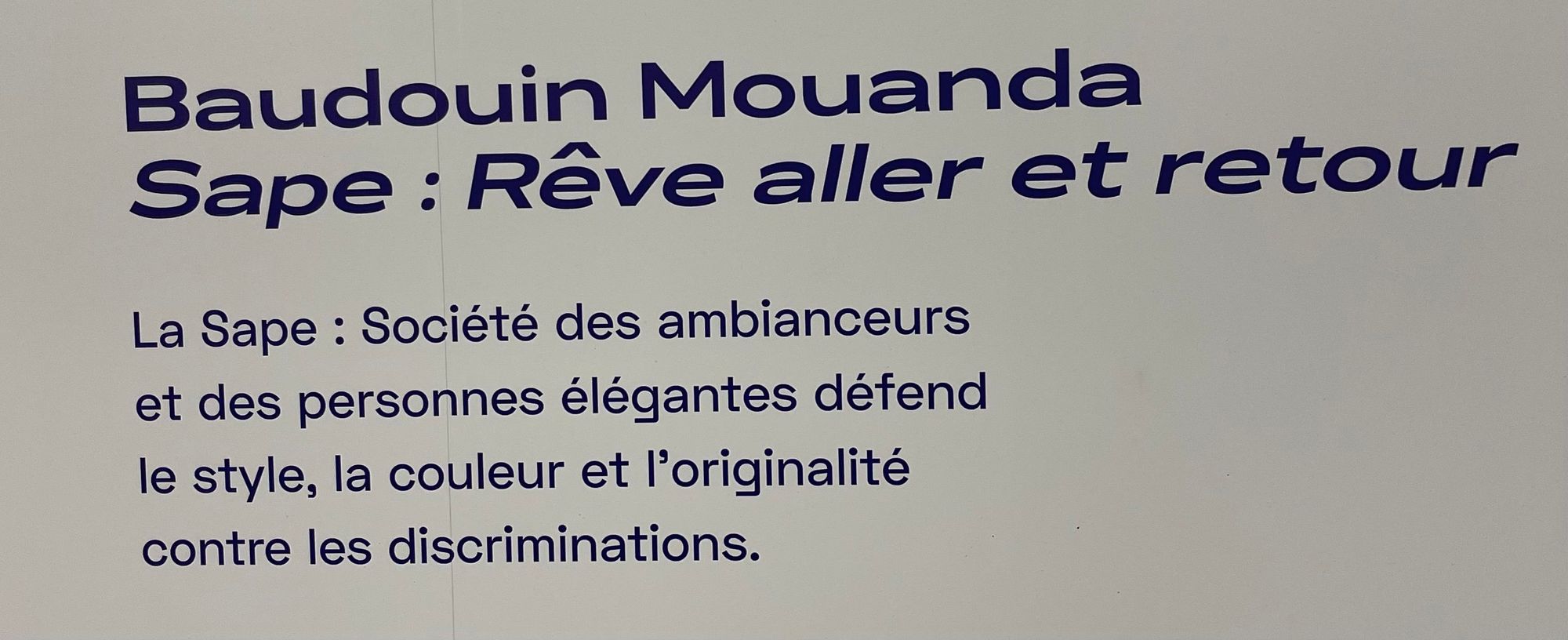
During the 1920s, the Congolese elite was inspired by West African colonial workers who dressed in European fashion and then assimilated their clothing to their French oppressor’s style to combat being labeled inferior by French and Belgian colonizers while making it their own. Congolese workers became fashion victims, spending their poor wages to wear the newest fashion trends from Paris.
This history extends into the modern day as Congolese dandies live in Brazzaville, Kinshasa, Paris, and other European cities. High fashion is still sought after by lower-class Congolese since many youths and older gentlemen stake their claim as members of the global fashion community. They represent their dignity, taste, and high-class demeanor despite not having the wealth commonly associated with Dandyism.



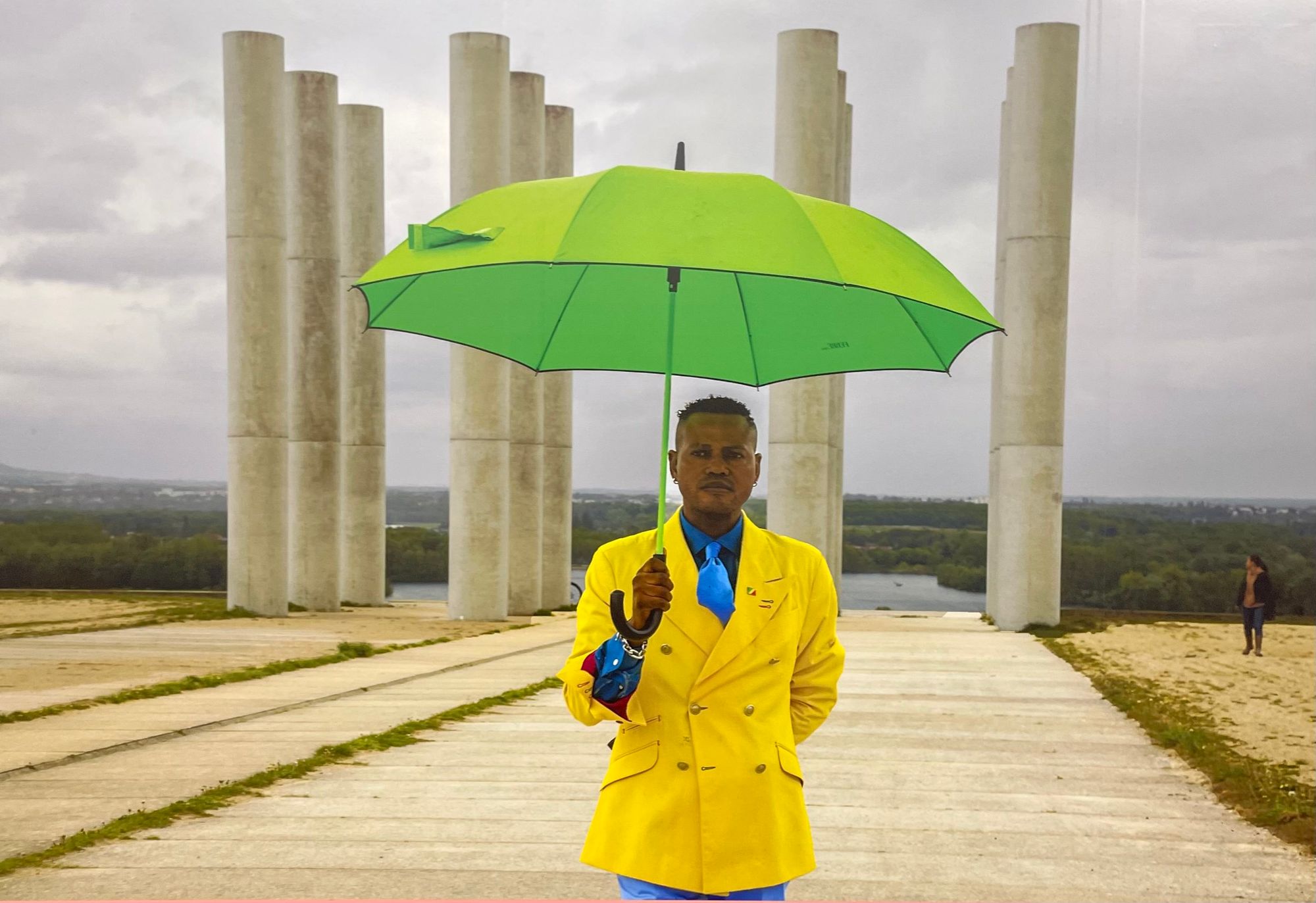


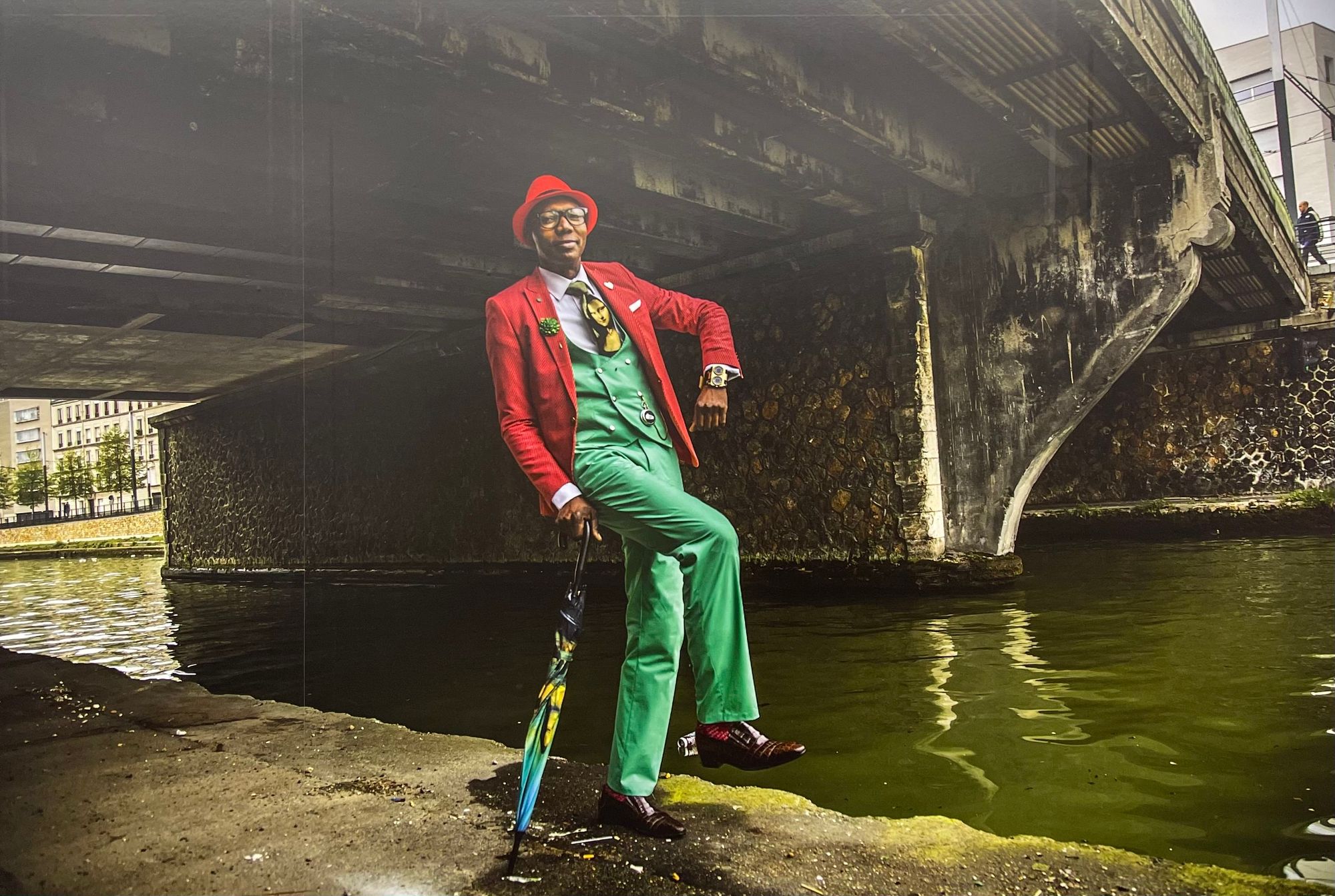
The history of Dandyism is ubiquitous in culture, whether it's referred to by name or not. The essence of the aesthetic gospel is preached, studied, and built on through acts of homage like Tyler the Creator calling himself Tyler Baudelaire or by the radical rebranding of European fashion by formerly colonized Congolese. Its ideas will continue to spread and inspire a new generation to take on the mantle of Dandyism like myself.

